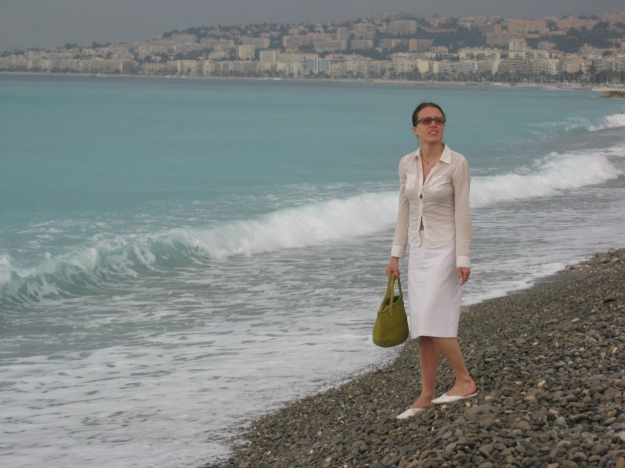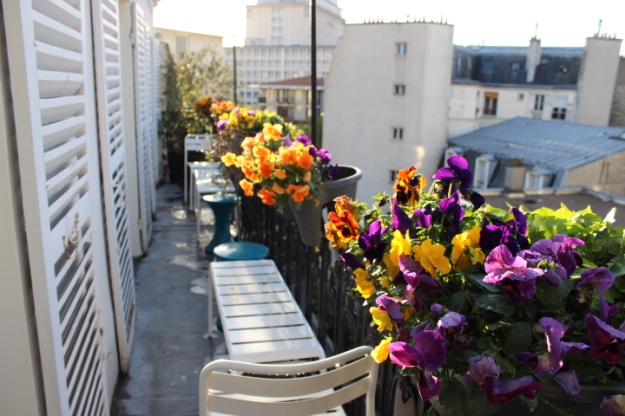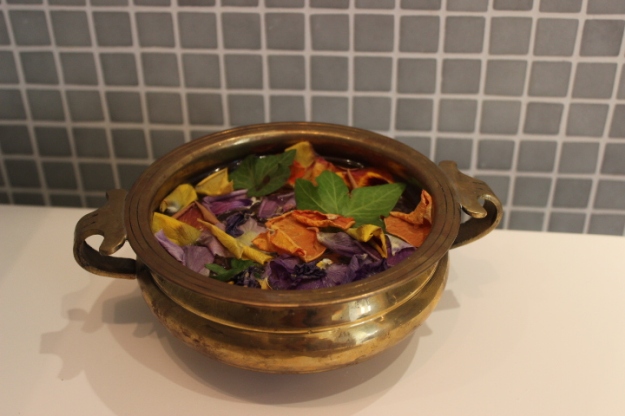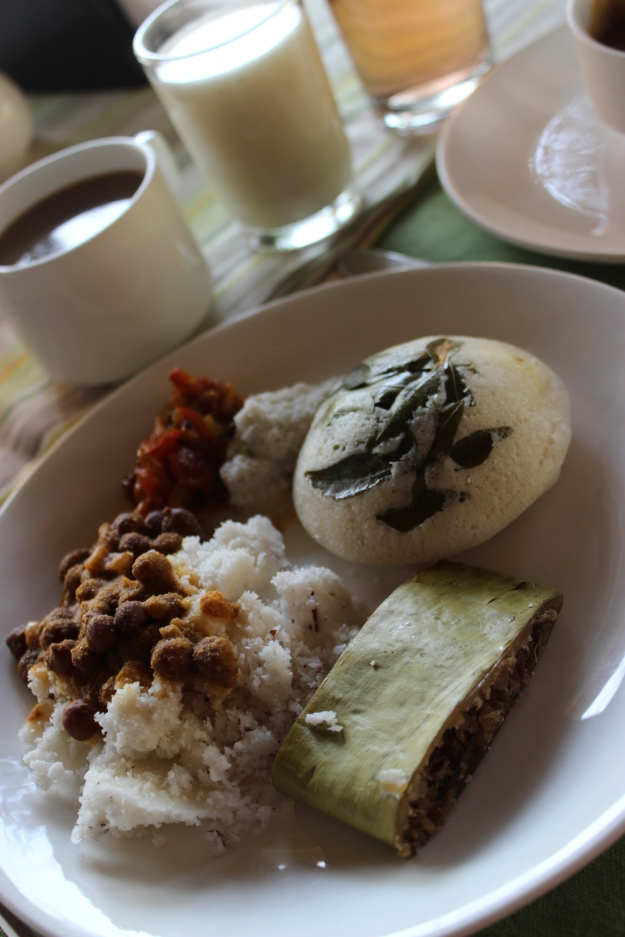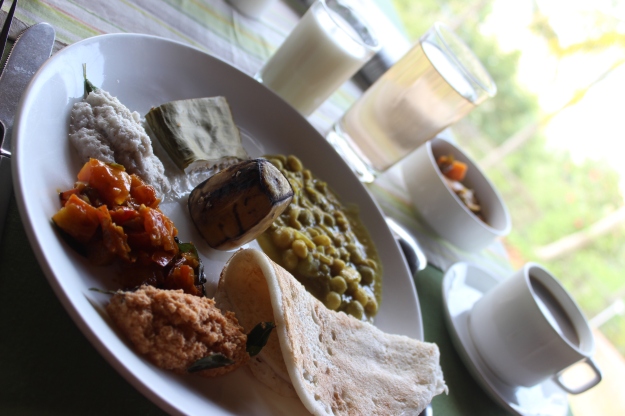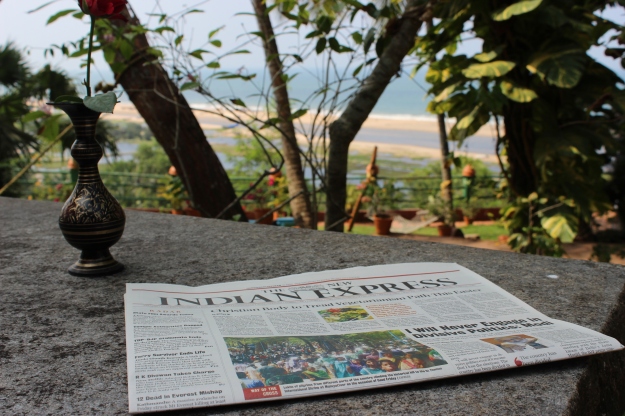If you read Blessing and curse of travelling without a plan you may remember that our departure from Delhi was a bit adventurous, to say the least. Instead of Khajuraho we decided to fly to Varanasi and this was decided two hours before the flight’s take off. We do regret skipping Khajuraho, the site of famous erotic temples, but will certainly do it next time.
Flying toward Varanasi, the holy Hindu city along the Ganger River made me a bit nervous. I tried to get a glimpse of the sacred river from the airplane, but it got dark too soon. Seeing the Ganges River would have in some strange way assured me (of what?). Upon landing we got talking to a young Indian man, living in the US, who had brought his grandmother to Varanasi. He started making phone calls to different hotels (we all agreed that the point of staying in Varanasi is to be located by the river). We got two rooms at Scindia Guest House, recommended by Eyewitness India Guidebook, and jumped into a taxi. Varanasi, here we come!
Upon landing we got talking to a young Indian man, living in the US, who had brought his grandmother to Varanasi. He started making phone calls to different hotels (we all agreed that the point of staying in Varanasi is to be located by the river). We got two rooms at Scindia Guest House, recommended by Eyewitness India Guidebook, and jumped into a taxi. Varanasi, here we come!
The ride to the guest house was long and polluted. It reminded me of Hyderabad –a fantastic city in many ways but oh so bad in pollution! We must have driven for more than an hour and the Ganges was still hiding from me. Suddenly the car stopped and the driver pointed “walk that way”. We were puzzled and asked which way exactly…. After some negotiation he agreed to show us the way, and we begun a 30-minute walk. I don’t know how you say cow shit in a polite way, so excuse my language, but as we were walking and pulling our luggage, I did wonder if local laundry service would accept to clean our by-now-very-colorful-luggage. Don’t we all just love cows? But what would India be without them?
I don’t know how you say cow shit in a polite way, so excuse my language, but as we were walking and pulling our luggage, I did wonder if local laundry service would accept to clean our by-now-very-colorful-luggage. Don’t we all just love cows? But what would India be without them?
Eventually, after turning about 500 times left and right (we would have NEVER found the guest house alone) we arrived. Scindia Guest House stood there, right in front of the Ganges River, as Eyewitness had promised. It looked very run down, but we had no choice. It was very dark and very late. My husband and I got a river-side room and ordered two rice plates. 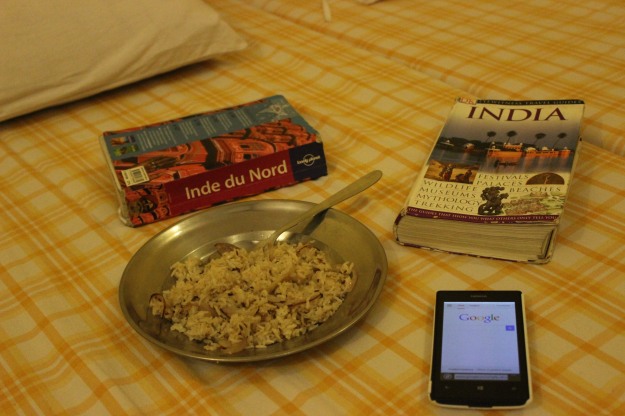 We were told to be careful when opening the balcony door because apparently “the monkeys like to come inside if you leave the door open”. Wow. Imagine waking up next to a monkey! Or two! I was still feeling a bit sick but the idea of monkeys excited me. Little I knew that upon our arrival the monkeys had already been watching me from all over.
We were told to be careful when opening the balcony door because apparently “the monkeys like to come inside if you leave the door open”. Wow. Imagine waking up next to a monkey! Or two! I was still feeling a bit sick but the idea of monkeys excited me. Little I knew that upon our arrival the monkeys had already been watching me from all over.
After a well-rested night I visited the balcony but the monkeys were nowhere. All I could see was the majestic Ganges River.  Meanwhile my husband went to the reception. This is when I started hearing screaming noises. Is someone being killed was my first thought. I opened the front door and I saw them: monkeys and more monkeys! There was a metal fence between me and them, which was good because they were big and did not look happy. Some of them were in the middle of their beauty treatments.
Meanwhile my husband went to the reception. This is when I started hearing screaming noises. Is someone being killed was my first thought. I opened the front door and I saw them: monkeys and more monkeys! There was a metal fence between me and them, which was good because they were big and did not look happy. Some of them were in the middle of their beauty treatments. I joined my husband at the reception and had a chat with one of the hotel workers. I thought that his features were very different from other “Indian” features that I had seen before. Mentality wise he felt different, too, and somehow I felt closer to Calcutta. I was definitely visiting a new region, witnessing once again the diversity of India.
I joined my husband at the reception and had a chat with one of the hotel workers. I thought that his features were very different from other “Indian” features that I had seen before. Mentality wise he felt different, too, and somehow I felt closer to Calcutta. I was definitely visiting a new region, witnessing once again the diversity of India.  The moment I tried to go outside of the hotel, this elderly gentleman warned me “please be very careful of the monkeys”. Scared but curious I took a careful look outside and everywhere I looked (left, right, straight, down, above) there were monkeys. Not only entire monkeys but also monkey arms and legs hanging above the door etc.
The moment I tried to go outside of the hotel, this elderly gentleman warned me “please be very careful of the monkeys”. Scared but curious I took a careful look outside and everywhere I looked (left, right, straight, down, above) there were monkeys. Not only entire monkeys but also monkey arms and legs hanging above the door etc.
For several reasons (monkeys, lack of a proper restaurant and customers, run-down building, etc.) we decided to move to another hotel. After negotiating a water taxi we said good bye to Scindia Guest House and moved to Alka Hotel, also located by the river. Later on we were told that Scindia Guest House had illegally built more rooms (and a terrace for the restaurant), and that the local authorities had torn a large part of the construction down. This explained the sad look.  After a rough start we learned to love Varanasi. We spent a total of five nights there, exploring Hinduism and Buddhism. We loved the old town –one of the most charming old towns I have ever seen, and felt that Varanasi is indeed inhabited by many old souls.
After a rough start we learned to love Varanasi. We spent a total of five nights there, exploring Hinduism and Buddhism. We loved the old town –one of the most charming old towns I have ever seen, and felt that Varanasi is indeed inhabited by many old souls.
In fact, Varanasi left such an impression on me that I will definitely write more about it. When the time is right.
Other posts about Varanasi:
Second part of the trip begins in Varanasi










